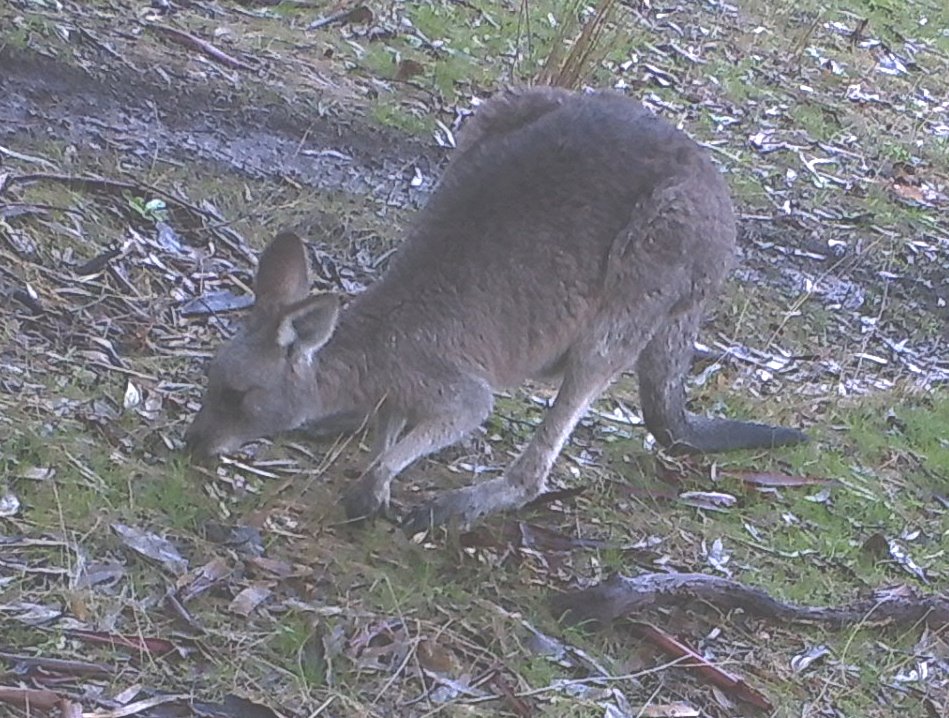Understanding the different effects of hard-hoofed and soft-footed animals in our woodlands provides the ‘lightbulb moment’ in the push to remove hard-hoofed animals from endangered ecosystems.
Australia’s native fauna are all soft-footed. In contrast, most of the animals which we have introduced to the country from other parts of the world for agriculture and hunting, like sheep, cattle, horses, deer, and goats, are hard-hoofed. Their hard hooves provide a compaction point as they move, just as a hammer does, which cumulatively causes soil compaction. This has dire consequences for our fragile soils.
Compacted soils are unable to absorb moisture, altering the soil environment that the local plant species depend on and creating damaging run-off and erosion.
Box Gum Grassy woodlands such as those on Swainsona and Klinges Hills in West Wodonga are in decline across the country, with soil compaction by hard-hoofed livestock and feral animals a significant contributing factor.
We are so lucky in Albury Wodonga to have so much quality remnant vegetation in our backyards. In areas such as Swainsona Regional Park, hard-hoofed grazing animals have now been excluded for decades. The return to exclusively soft-footed grazing means that wildflowers, orchids, yam daisies and many of our other remnant groundcovers can continue to grow prolifically.
Thank you to the Australian Government and Landcare Australia for the recently awarded Landcare Led Bushfire Recovery grant, which focuses on the protection of Box Gum Grassy woodlands in our region. Over the next few weeks, additional fencing will be installed on a further section of Swainsona and Klinges Hill to enable removal of hard-hoofed grazing.
If you are interested in exploring the regional Box Gum Grassy Woodlands further and getting your hands dirty with our Rangers, you are most welcome join our Box Gum Stewardship program.
For Friday morning sessions on McFarlanes Hill book here.
For Tuesday morning sessions in Swainsona Reserve, book here.







